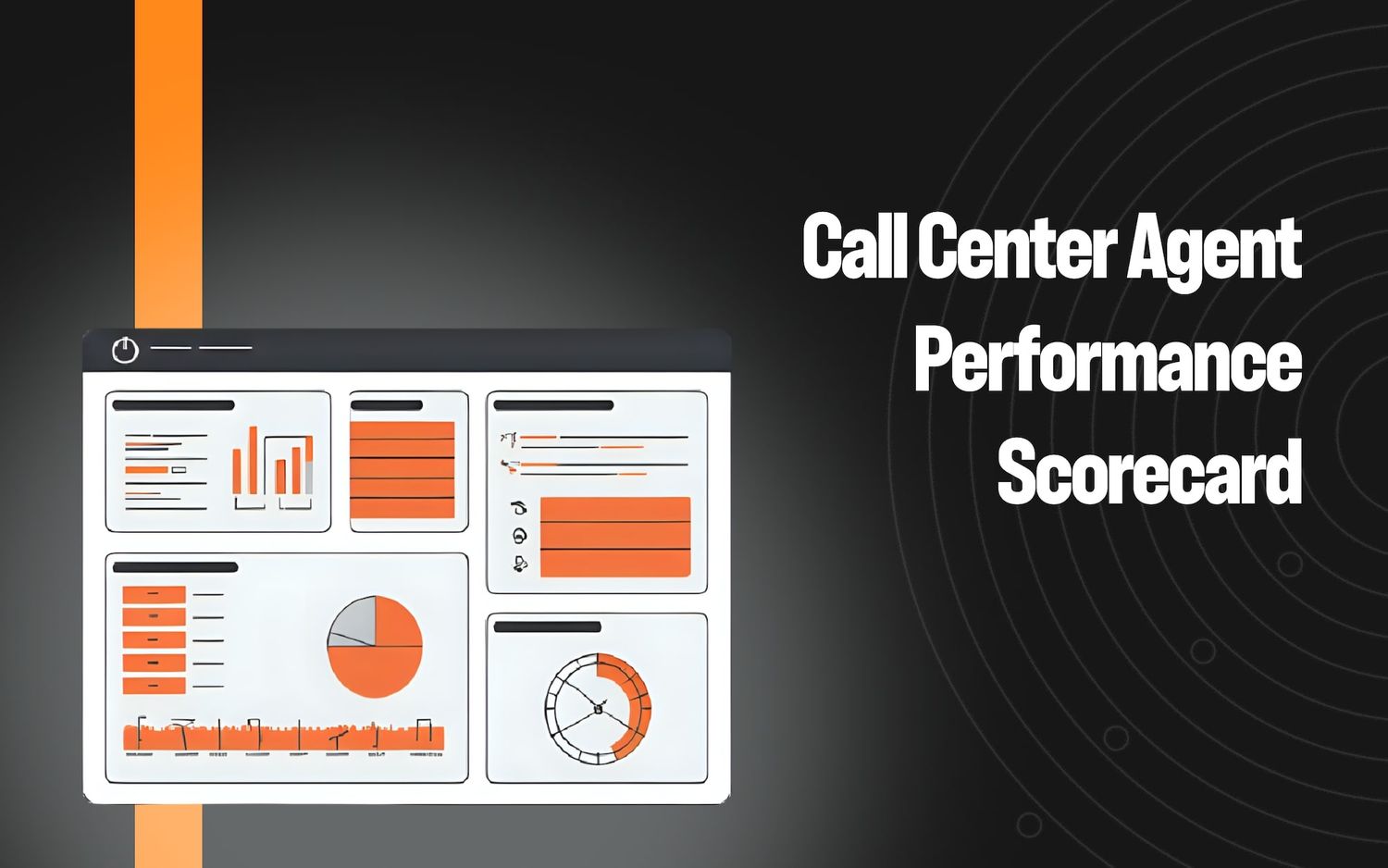Why Using Artificial Intelligence for Your Speech Analytics Is a Must


Tech industry headlines have been heavily focused on “the future of AI.” However, in contact center management, AI is here now, and its applications are significant, to say the least.
Increasingly, contact center quality management has been focused on refining methods for improving agent performance and customer satisfaction. Right now, using speech analytics with AI is among the best tech available to meet these goals.
What do we mean by speech analytics, and how do AI and speech analysis technology take agent performance and customer satisfaction to the next level? Let’s take a closer look.
What Is Speech Analytics in Call Centers?
Speech analytics is the process of analyzing voice recordings, live customer calls, or even written conversations with artificial intelligence software.
While the term “speech analytics” may seem fairly self-explanatory, what it does and its implications for contact centers are far more exciting.
Monitor everything
Most contact center QA (quality assurance) teams are only able to monitor a small percentage of conversations. In fact, contact centers only evaluate 1-2% of agent conversations on average.
However, powerful AI speech analytics technology allows QA teams to evaluate and score the other 98%, providing your contact center with rich data and new opportunities for top-quality customer service.
Understand call center transcription, don’t just process
The most advanced contact center software platforms for QA and agent training are using NLU (natural language understanding), as opposed to NLP (natural language processing) alone.
Unlike an NLP system, which makes interpretations based on keywords, a sophisticated NLU system requires far fewer manual updates to keywords, phrases, and their correlations.
In fact, in 2022, the best AI-powered contact center software outperforms legacy systems, which rely entirely on keyword matching (text mining), with an average 2X (+100%) lift in accuracy.
Level AI, for example, uses NLU to uncover customer intent, interpret and locate the information and answers they need, and communicate that information to live support agents in real-time.
“We are trying to take on zero keyword-based systems — we want everything to be an intent-based system, we want to get unsupervised machine learning in place as much as possible.“
— Ashish Nagar, CEO & Founder, Level AI
Access call center speech analytics in one location
Having access to speech analytics data from every call and interaction across every channel in one centralized location streamlines the reporting process for contact center managers and the company as a whole. This kind of access empowers managers to make the most informed decisions for the improvement of their team, as well as identify essential information for company-wide improvement.
For example, product and marketing teams greatly benefit the voice of the customer (VoC), which helps to understand the customer’s feedback about their experiences and expectations with your product.
Upgrading Your Call Center Speech Analytics with Artificial Intelligence: The Top 5 Benefits
Contact center managers and their agents get extensive information on performance and efficiency when using speech analytics technology.
Here are 5 powerful irreplaceable insights contact centers are gathering from speech analytics technology:
1. Why customers are calling
Understanding the reasons customers reach out to your contact center is a more powerful tool than you think. Knowing your customers’ most common pain points gives contact center managers the tools to be proactive in their customer interactions and expedite average handle time (AHT).
For example, customers might commonly reach out to you each time there is a software patch or update. Knowing this in advance, contact centers can provide proactive customer service in advance of a software update, offering answers to relevant common questions before customers have even had a chance to ask them.
2. Average handle time
Average handle time (AHT) refers to the time it takes for an agent to resolve a customer interaction, from beginning to end.
Knowing how long it takes to complete a customer interaction, in correlation with what topics are discussed, can provide the necessary knowledge to improve customer support efficiency.
3. Customer spoken and written intent
NLU models built on semantic intelligence engines, as opposed to keyword-based systems, analyze more than just the words that are said or written — they analyze the contextual intent of the customer.
No more guessing what a customer means or why they’re saying what they’re saying. For example, a customer might chat with an automated chatbot, saying, “What was last month’s bill?” There are layers of understanding that allow a chatbot to interpret the customer’s intent, empowering it to deliver the customer’s balance from the previous month without needing to ask for clarification or using a live agent’s time.
4. Customers at risk of leaving
Speech analysis identifies patterns in customer communication to pick out which customers might be at risk of churning or not coming back to buy your products in the future.
When you already know which customers are on the brink, contact center managers can pull out all the stops to get them back on track.
5. Agent performance
By analyzing customer responses and anticipated reactions to agents, you can evaluate agent performance. Call center speech analytics provides this exact information to get an up-close look at how agents are doing when they interact with customers, whether via chat, email, phone, or any other format. This includes analyzing whether an agent is staying on script or diverting, as well as how customers react to an agent’s delivery and interactions — and it’s all important to understand what’s working and what isn’t working on your contact center team.
The Benefits of Speech Analysis Technology
Contact centers can learn a lot of important information by integrating AI speech analytics, but what does this data mean for contact center management?
What Speech Analysis means for the contact center
The modern contact center and its managers have been given a uniquely difficult task: to understand today’s customer expectations, anticipate them, and resolve them as though they’re in the customer’s mind.
Call center transcription and speech analysis technology make this task much easier for managers and their teams.
- Improved agent performance: Contact center managers can identify specific areas for improvement and coaching
- Efficient resource allocation: More efficient distribution of the contact center’s time and resources across channels
- Enhanced contact center quality assurance: Ensure agents interact appropriately with customers and stay on script
What speech analysis means for customer support agents
Managing numerous interactions every day, collaborating with a team of agents, reporting solid numbers, and teaching themselves along the way — today’s contact center agent needs artificial intelligence speech analytics to be ready for anything the customer needs.
- Greater self-awareness: Agents can see in real-time how customers are responding to their interactions and can make appropriate adjustments.
- Proactive self-coaching: Agents can use speech analysis to review their scores, keep track of their most important metrics, and learn how to improve performance without 1:1 human coaching.
- Improved team synergy: Speech analytics reports provide both big picture and granular analyses of individual and team performance.
- Increased customer retention: As customer satisfaction increases, so does customer retention and advocacy, giving agents a sense of success.
What it means for the customer
Today’s customers not only want their needs to be met, but they expect them to be anticipated and are quick to look elsewhere when disappointed. Call center speech analytics is in the business of helping contact centers keep customers happy.
- Personalized attention: When contact center managers and agents can see which customers are at risk of leaving, they can allocate resources to put more effort and attention into those customers
- Faster results: Customers have their needs met faster and more accurately, as agents can anticipate customer needs and expectations
- Greater satisfaction: When customer needs are met faster and more to their liking, their Customer Satisfaction Score (CSAT) increases
Bring the Future of AI Into Your Contact Center’s Present
The future of AI for contact centers is here, and it’s artificial intelligence speech analytics.
By empowering managers to make informed decisions for their teams, enabling agents to understand their customers, and providing quicker satisfaction to customers, speech analytics technology helps contact centers generate unmatched results.
To learn more about the power of speech analytics AI, request a demo with Level AI.
Uncover Hidden Insights With Level AI
See how customers use Level AI analytics to optimize business operations, boost contact center performance, and improve customer experience
Keep reading
View all





